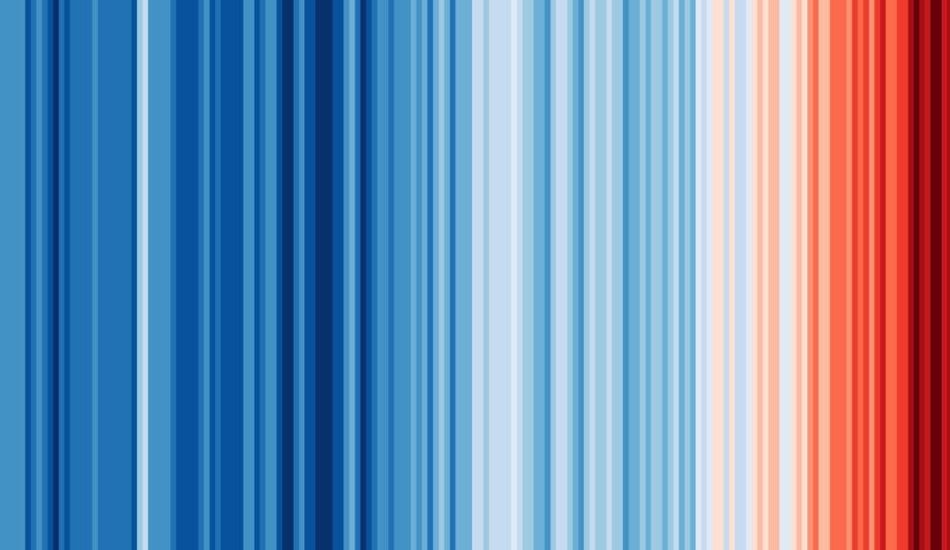
Visualizing Climate Change Data Effectively
A recent study published in Nature Human Behavior explores the effectiveness of different data visualization techniques in communicating the urgency of climate change. The research focuses on how people perceive and react to climate data presented in various formats.
The Lake Carnegie Effect
Researchers investigated the impact of presenting climate data in a binary versus gradual format. Using the example of Lake Carnegie in Princeton, New Jersey, where ice formation has become increasingly rare due to warming winters, two graphs were compared. One showed a gradual rise in winter temperatures, while the other presented the same data in a binary way: lake froze or did not freeze each year. The study found that the binary representation elicited a stronger perception of abrupt climate change.
Beyond the Lake: Broader Implications
This effect proved consistent across various experiments and geographic locations, using both simulated and real-world data from towns across the U.S. and Europe. The finding suggests that highlighting clear, concrete shifts—such as the loss of traditional winter activities due to warming temperatures, or the increased frequency of extreme weather events—might be more effective than presenting gradual warming trends.
The Psychology of Perception
The study challenges the notion that slowly unfolding environmental changes, as captured in the “boiling frog” metaphor, are effectively communicated to the public. The research found that people adapt to temperature increases surprisingly quickly, leading to a diminished sense of urgency regarding the severity of the changing climate. This phenomenon is often referred to as shifting baselines.
Visual Communication Strategies
The study emphasizes the importance of effective data visualization in raising public awareness of climate change. The researchers suggest that employing binary visual representations, such as Ed Hawkins' climate stripes, can increase the impact and comprehension of warming trends. They are not advocating for the simplification of complex data, but for the judicious use of impactful visualization techniques.
The findings highlight that while compelling visuals won't single-handedly solve the communication challenge around climate change, they can play a significant role in fostering a more accurate and urgent understanding of the issue.
2 Images of Climate Data Visualization:




Source: Gizmodo